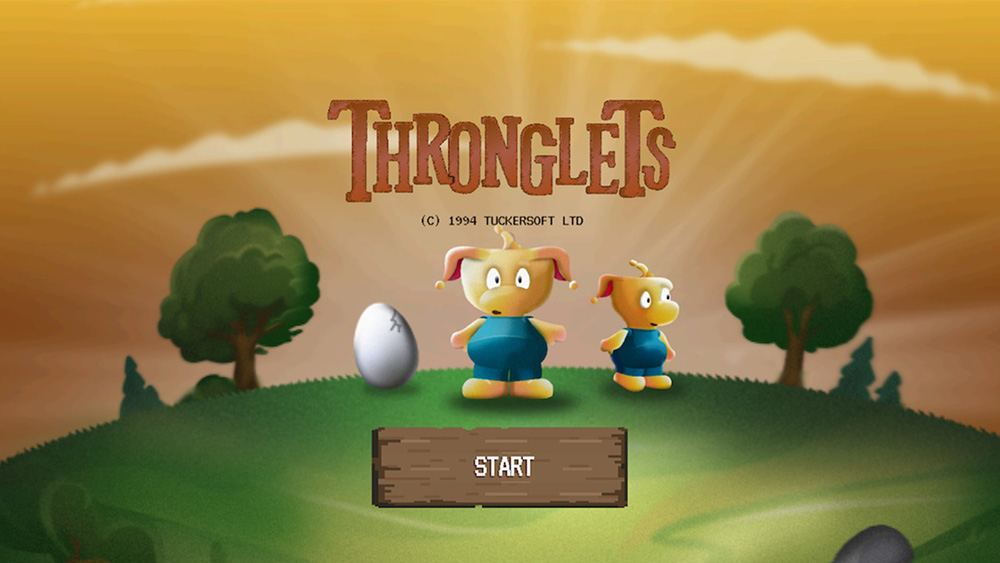5 tips to improve your VR creations
Top tricks for sculpting better characters in VR.
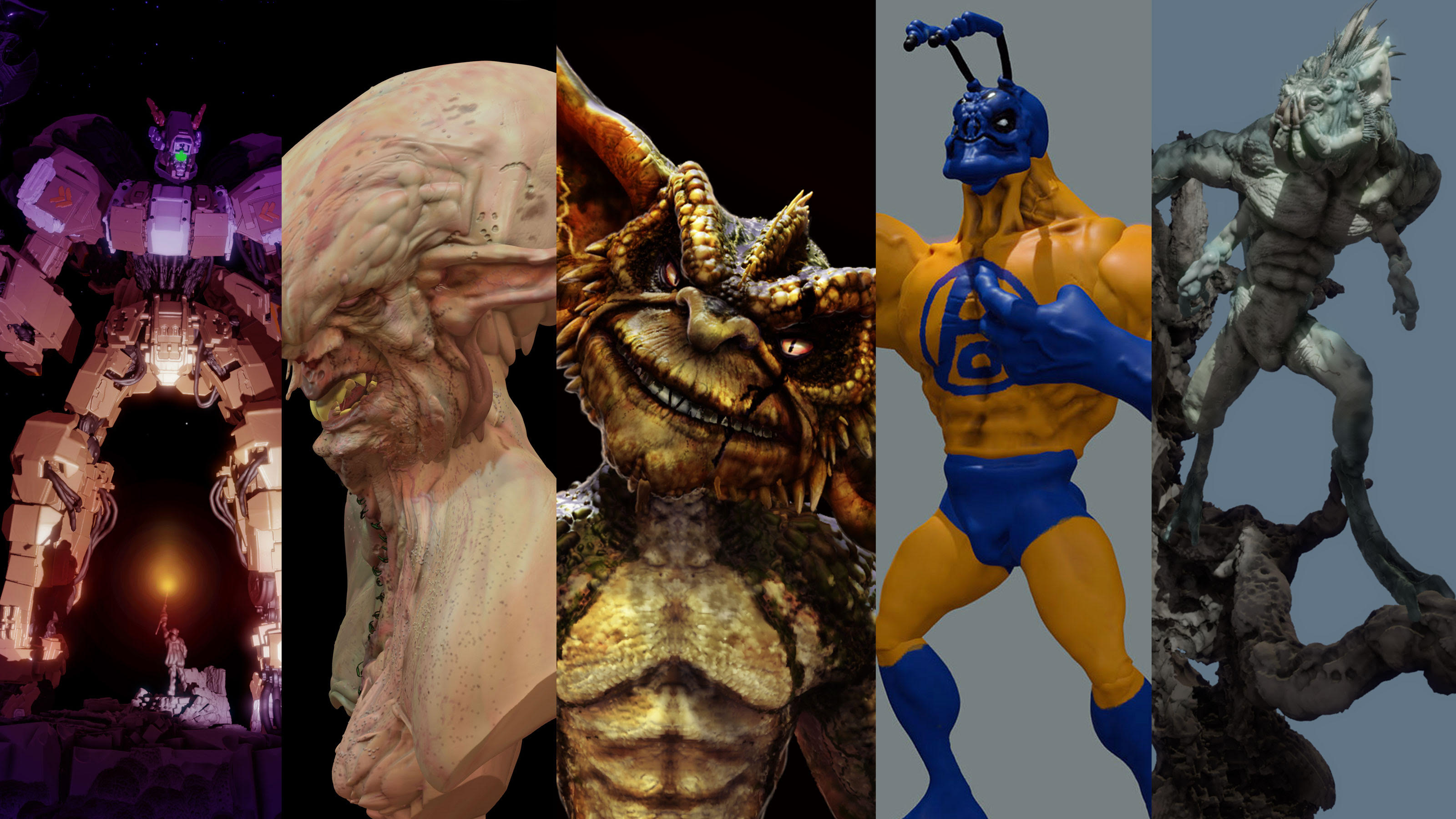
Vertex workshop leader Glen Southern shares his top tips to help you improve your VR sculpting.
Virtual reality isn’t new. It’s been tried many times before and failed a fair few of those times. Sculpting in VR on the other hand is a different story. With modern hardware and machine specs it’s now a very viable way of concepting, designing and actually building 3D models, including characters and creatures.
While ZBrush clearly holds the crown for digital sculpting, there are a thousand and one other programs that allow you to create your critters in 3D. There aren’t many that allow you to do it in a virtual room and walk around the creature as you create it. You can work with it in your lap sitting down and rotating your creation around in your hands or you can setup your work space to allow gigantic sculptures and even walk inside them as you build.
With that in mind, here are some top tips for sculpting character and creature in VR.
01. Use references
First and foremost reference is key to doing anything well. Designing living things without reference is never a good idea in any medium, from pencil to VR. In VR it is more important as you are actually stood in the sculpting environment and getting scale and dimensions wrong is so easy.
Most VR programs don’t have and orthographic view so there's no lining up again an image in the same way you would in most traditional packages but you can usually bring in photographic references.
02. Block out
Always block out your creature in a rough and ready way. The more accurate you get the initial ‘frame’ or ‘armature’ the better your overall design will read.
Get the Creative Bloq Newsletter
Daily design news, reviews, how-tos and more, as picked by the editors.
03. Check out silhouettes
To see how it reads, don’t be afraid of working in very dark colours or temporarily spraying your model black. This then gives you an almost 2D silhouette to work with.
By moving around the model now you can see where you need to add volume or tweak your proportions. If it reads well in silhouette it will probably work as a full 3D sculpt.
04. Make environments to work in
Sometimes it can be hard to create in an empty 3D environment. In MEDIUM you can keep a floor grid on and even a cloudy sky. It sometimes helps to build an environment to sculpt into. For example you can create a room, floor or a stand. Once you have some geometry as a reference point it can help you to sculpt your design more accurately.
05. Break symmetry
MEDIUM now has a powerful Move tool to allow you to move and rotate parts of your model. You can use it to break symmetry and this instantly brings a creature to life. You may need to save a symmetrical version before you go exploring more dynamic poses.
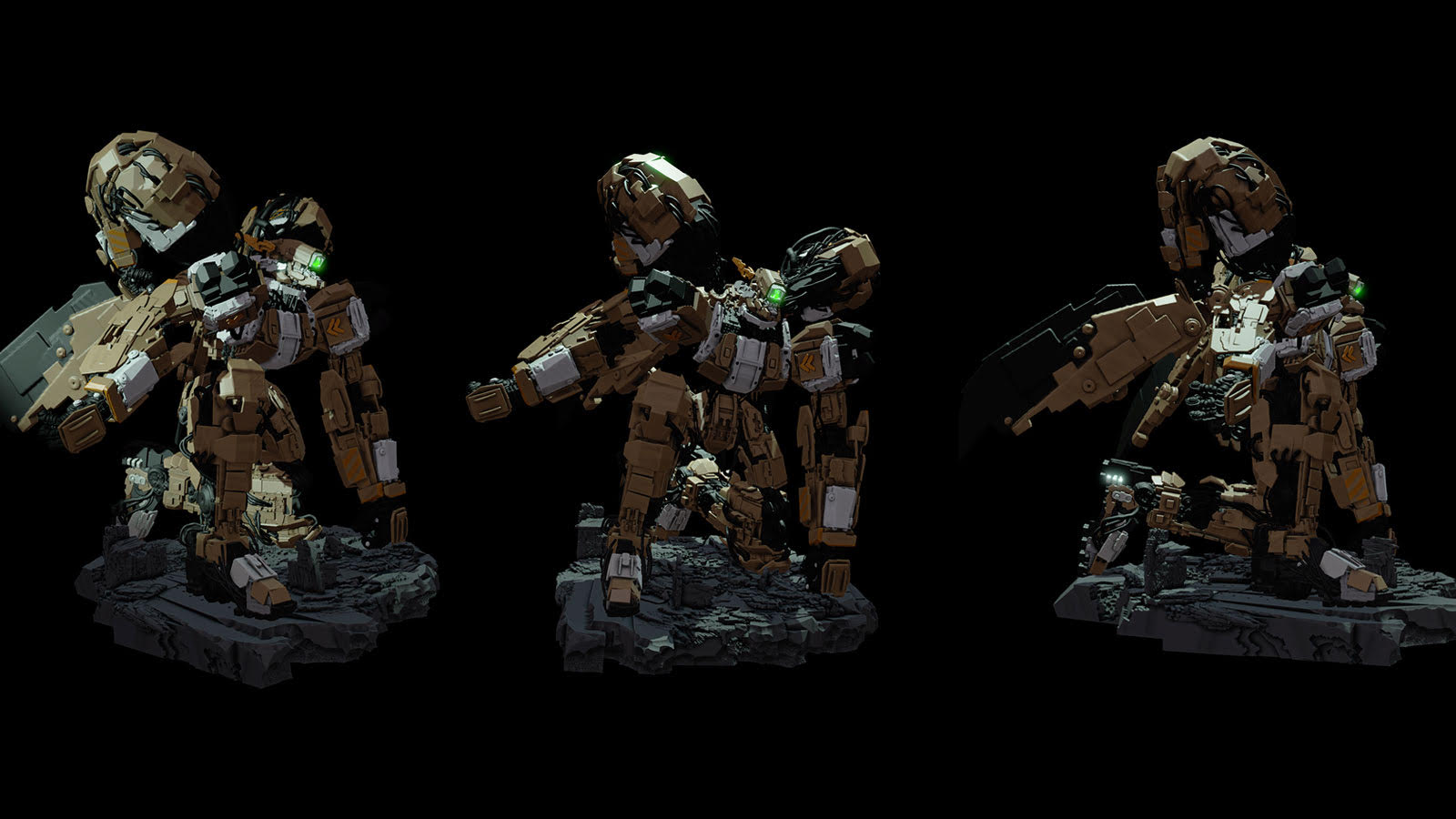
More VR from Glen Southern at Vertex
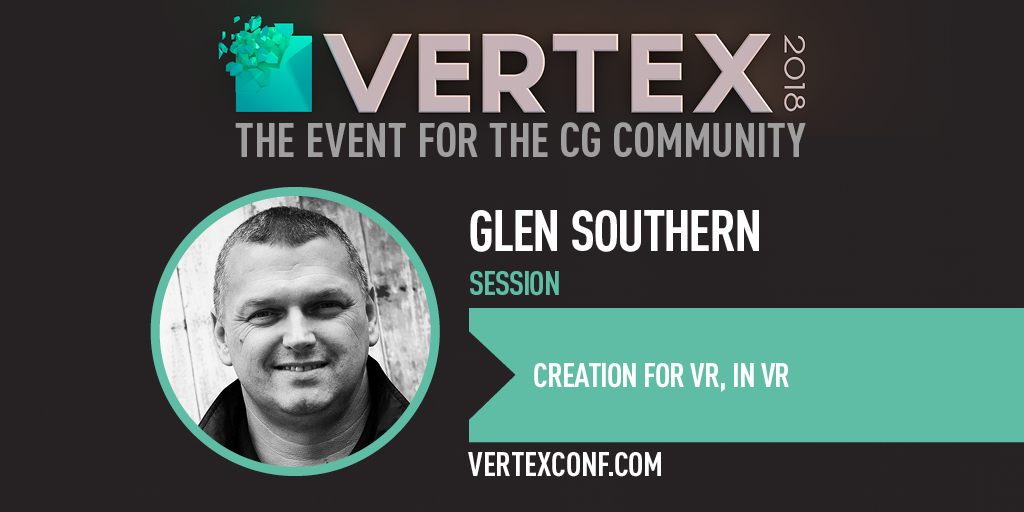
At Vertex, Glen Southern will be showing a workflow with an amazing program called Oculus MEDIUM, which is one of a number of recent entrants into the VR modelling marketplace. He wants to show MEDIUM because the models he creates can also be textured inside VR and then what you have created can be exported out of VR and be imported into ZBrush for more work, to a colour printer for output and maybe.
Vertex 2018 is the event bringing together all areas of the VFX/3D community, for a day of presentations, workshops, recruitment and more. Some of the biggest names in the industry are coming to talk and share their skills and knowledge, from Chris Nichols and Brett Ineson, to Scott Ross.
Tickets are available at the Vertex site, so head over to sign up for the latest news direct to your inbox and to buy tickets. The tickets themselves range from discounted student options, to free expo tickets and the access all areas passes.
Related articles:

Thank you for reading 5 articles this month* Join now for unlimited access
Enjoy your first month for just £1 / $1 / €1
*Read 5 free articles per month without a subscription

Join now for unlimited access
Try first month for just £1 / $1 / €1
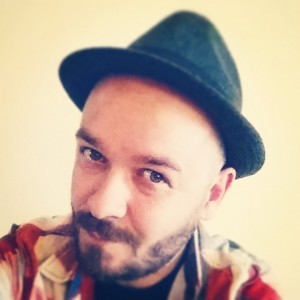
Rob Redman is the editor of ImagineFX magazines and former editor of 3D World magazine. Rob has a background in animation, visual effects, and photography.
